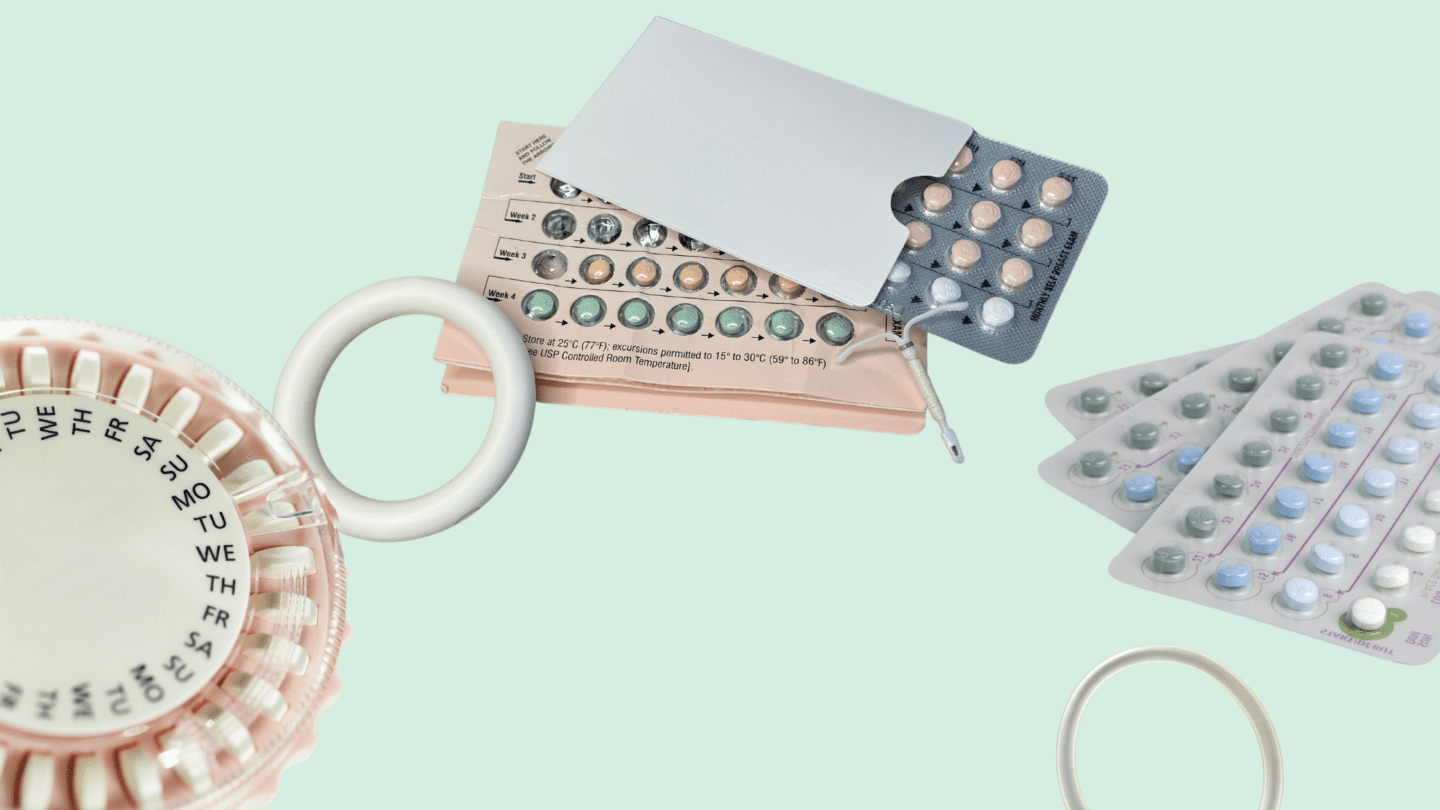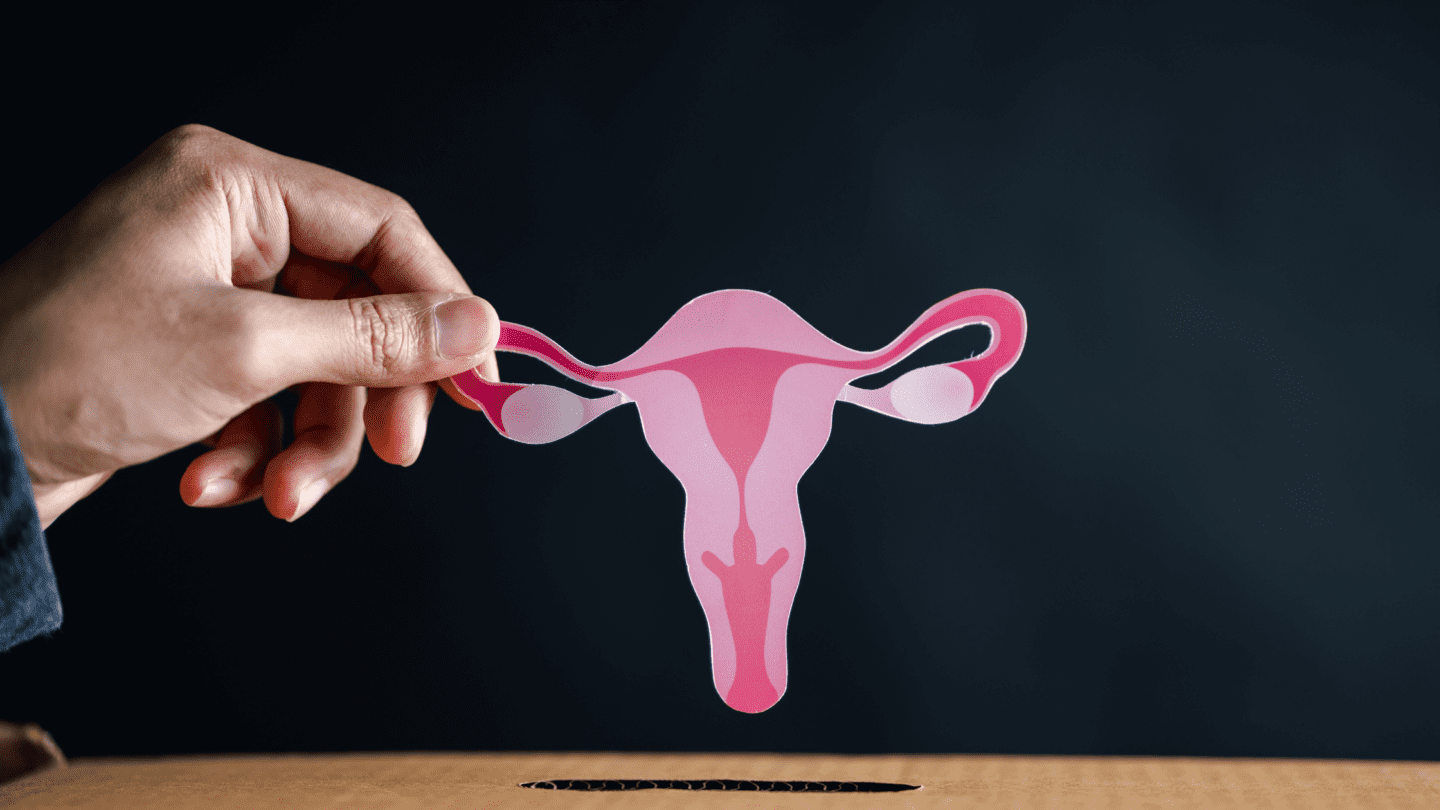Let’s face it — figuring out the best way to manage isn’t exactly a walk in the park.
Depending on how severe your symptoms are, it may take some trial and error to find the right treatment. In some cases, people turn to to help manage symptoms.
Before we dive into whether that could be a good option for you, it’s helpful first to have a basic understanding of , if you don’t already.
What are ?
Fibroids are tumors that grow in your and are most commonly non-cancerous. They can range from microscopic to the size of a grapefruit. On the bigger end, may even weigh several pounds and fill your . Some people may have small they don’t even notice.1
Symptoms of 2 may include:
- Heavy bleeding between or during your period
- Feeling “full” in your belly/lower abdomen
- Lower back pain
- Frequent urination
- Pain during sex
- Infertility or multiple miscarriages
- Early onset labor during pregnancy
Who is most likely to get ?
Many people in the United States develop at some point in their life. According to the Office on Women’s Health, between 20%-80% of women develop 3 by the time they’re 50.
Several studies have shown that Black women are more likely to have severe symptoms that interfere with physical activities and work.4 Black women are also 2.4 times more likely to get a 4 as a treatment.
Does help with ?
So, to the main question at hand: does actually help with symptoms? In short, it’s complicated.
Hormonal Treatments
One study found that GnRH hormones can help stop growing or shrink5, even if it doesn’t help completely disappear. Hormone therapy will only work as long as you use it, so your may grow back again once you stop.6
Is adyn right for you? Take the quiz.
Birth Control Pills
Birth control pills may help alleviate your symptoms if your symptoms are primarily heavy periods.6 Your options between the two different types of birth control pills include the combination pill and the mini pill. The combination pill has a combination of and hormones. The mini pill only has .6
Both the combination pill and the mini pill have been shown to slow down or stop heavy periods. However, this benefit would stop as soon as you stop taking the pills.
Hormonal IUDs
Hormonal IUDs, such as Skyla, Liletta, and Mirena all use the .6 While they can’t reduce the size of your , they can help lower the amount of blood you lose during your period,6 which could address the symptom of heavy bleeding.
The small amounts of released from hormonal IUDs prevents the lining from building up in your . These hormones also help prevent anemia due to blood loss from . Keep in mind that hormonal IUDs only work as a treatment if your aren’t too big, because large can change the shape of your and make it impossible to insert an IUD.6
The Morning After Pill
In the past, some doctors prescribed the morning after pill (also known as Ulipristal acetate) at lower doses to treat . The effect of this pill blocked the , which in turn prevented fibroid growth.6
However, in 2018, the FDA did not approve the drug7 as multiple usages caused severe liver damage in some patients. As of the time of publication, it’s still not on the market in either the United States or the European Union as a safe treatment for . In other words — for the time being, it’s not a good idea to use as continual treatment.
GnRH analogues
GnRH analogues are delivered either as either a daily nasal spray or monthly/quarterly injections. Doctors usually give this to patients to shrink before a procedure. It’s also not safe to use GnRH analogues for more than six months because it can increase the likelihood of losing your bone mass.
Using this may reduce the pain you have around heavy bleeding and period cramps. About half of the people who take it notice an improvement in their symptoms.6
Like what you’re reading? Get the latest straight to your inbox 💌
Surgery
Beyond hormonal treatments and over-the-counter products for pain management like ibuprofen and acetaminophen,1 some people consider surgery for more serious symptoms.
Different types of surgeries for include:8
- Myomectomy9 – A keeps your intact and only removes the . As a patient, you would go through general anesthesia and the type of surgery is determined by the size and location of the . A doctor would remove your through your , small cuts in your abdomen, or a cut across your abdomen.
- Myolysis3 – Myolysis is a procedure that inserts a needle into the and freezes them. This destroys the , and may be a better option for people who want the option of becoming pregnant in the future.
- Hysterectomy9 – A removes all or part of your . This is a bigger decision to make, depending on whether you would like to be pregnant in the future. People who opt for a usually have really large and painful . After the surgery, you will no longer have your period, which often prevents symptoms from returning.
- Endometrial ablation – This procedure removes the lining of your 9, and is a minimally invasive procedure that has a faster recovery time than for a . Endometrial ablation may be an option for people who are not interested in becoming pregnant in the future.
- Uterine Fibroid Embolization (UFE)3 – UFE injects particles into blood vessels that block the blood supply to the fibroid. While usually don’t grow back after this procedure, there is a risk of early .
Conclusion
Reading about all the options on how to manage might feel a little scary or overwhelming, but the good news is you have a lot of options.
Finding the right solution will depend on how severe your symptoms are and how you react to certain treatments. This may take a trial of process and error, but that’s completely normal.
While helps with symptoms for some people, it’s not a one-size-fits-all solution. The best thing you can do is talk to your doctor and see which solutions will work best for you and your body.
-
- Uterine fibroids. (2021). MedlinePlus. https://medlineplus.gov/ency/article/000914.htm
- What are the symptoms of uterine fibroids? (2018). US Department of Health and Human Services. https://www.nichd.nih.gov/health/topics/uterine/conditioninfo/symptoms
- Office on Women’s Health. (2019). Uterine fibroids. US Department of Health and Human Services. https://www.womenshealth.gov/a-z-topics/uterine-fibroids
- Stewart, E. A. (2013). The Burden of Uterine Fibroids for African-American Women: Results of a National Survey. Journal of Women’s Health. Published. https://www.ncbi.nlm.nih.gov/pmc/articles/PMC3787340/
- Institute for Quality and Efficiency in Health Care (IQWiG). (2020). Uterine fibroids: When is treatment with hormones considered? Informed Health. Published. https://www.ncbi.nlm.nih.gov/books/NBK279532/
- Planned Parenthood. (2020). IUD. https://www.plannedparenthood.org/learn/birth-control/iud
- Keown, A. (2018, August 22). FDA Rejects Allergan’s Uterine Fibroid Treatment Following EMA Concerns Over Liver Damage. BioSpace. https://www.biospace.com/article/fda-rejects-allergan-s-uterine-fibroid-treatment-following-ema-concerns-over-liver-damage/
- Institute for Quality and Efficiency in Health Care (IQWiG). (2017). Uterine fibroids: Surgery. Informed Health. Published. https://www.ncbi.nlm.nih.gov/books/NBK279531/
- Minalt, N. (2021). Endometrial Ablation. StatPearls. Published. https://www.ncbi.nlm.nih.gov/books/NBK459245/








